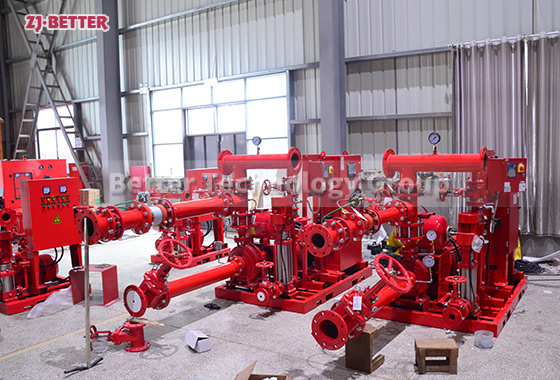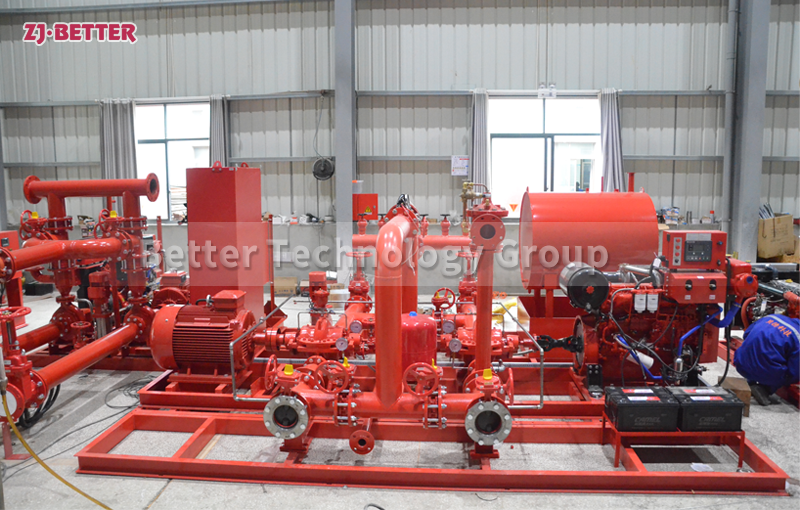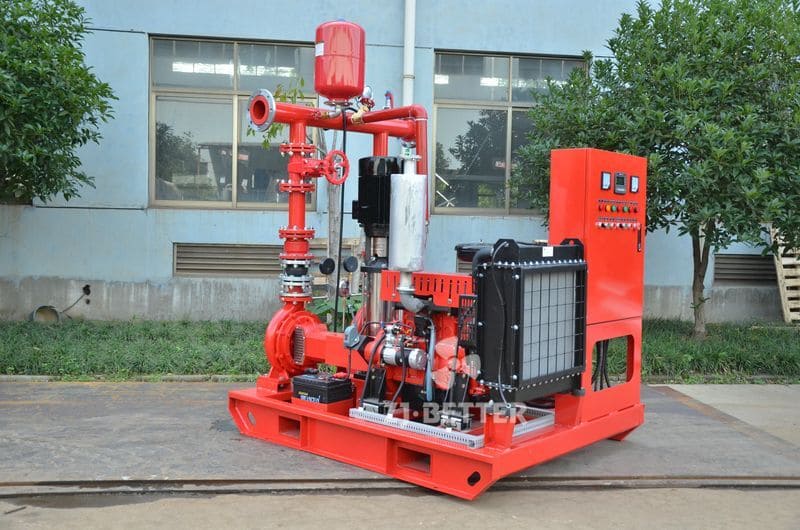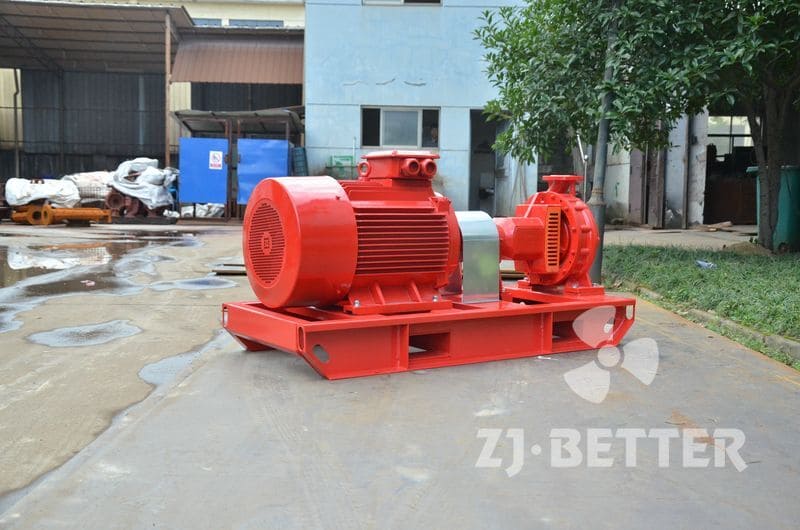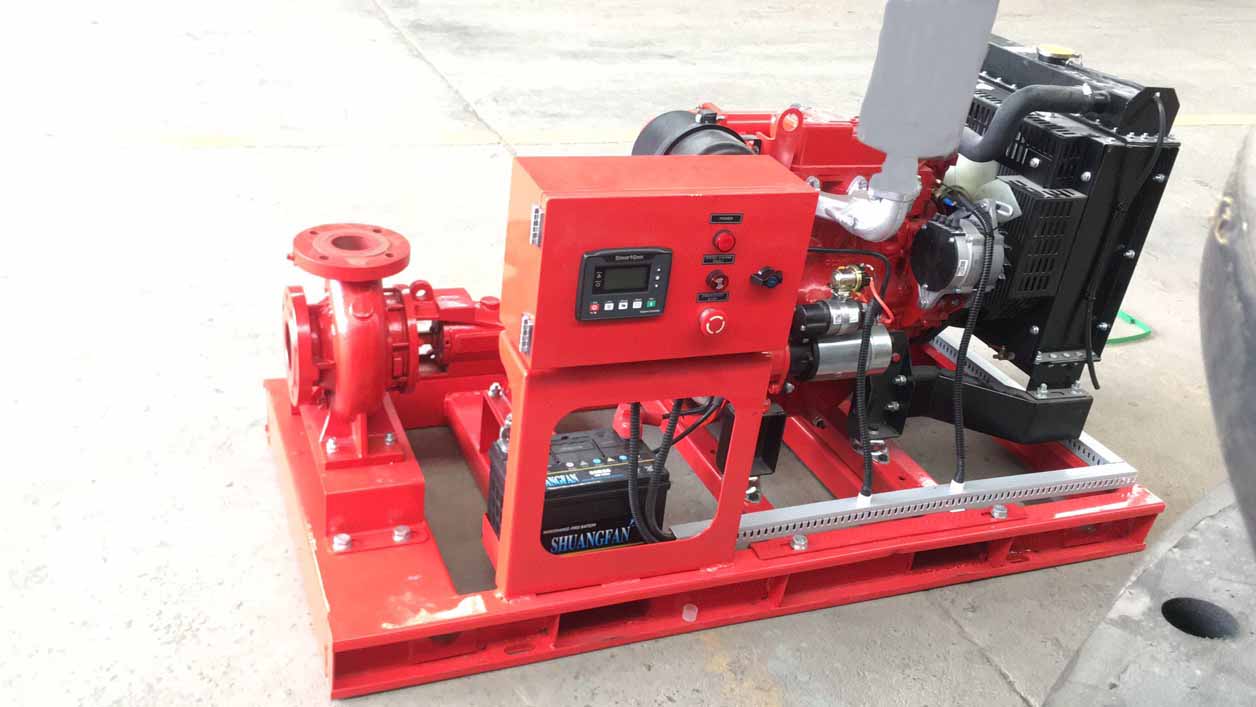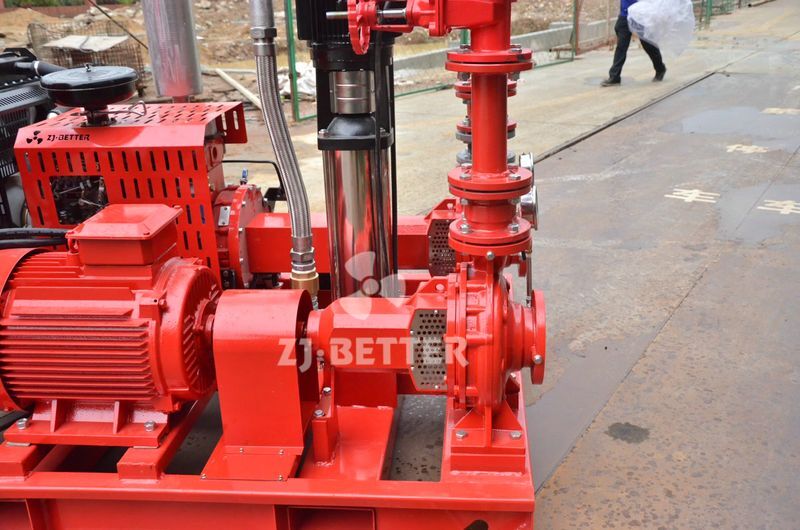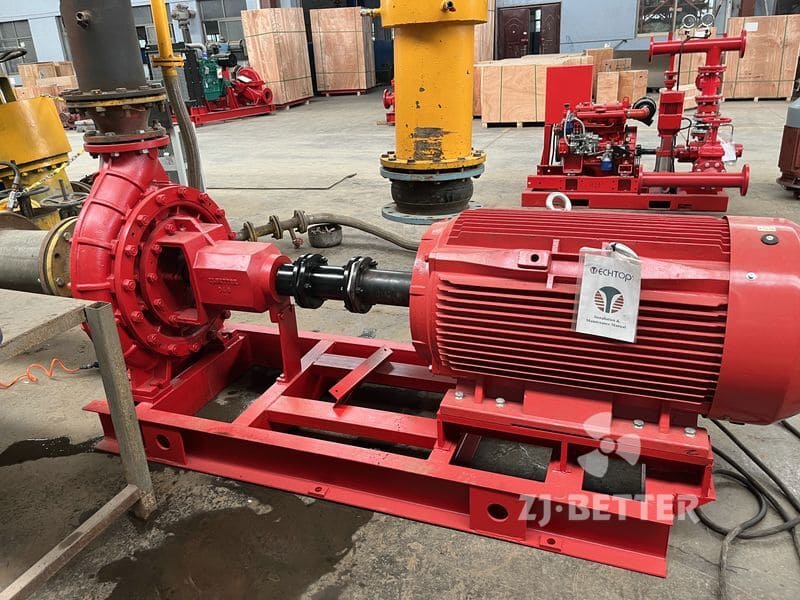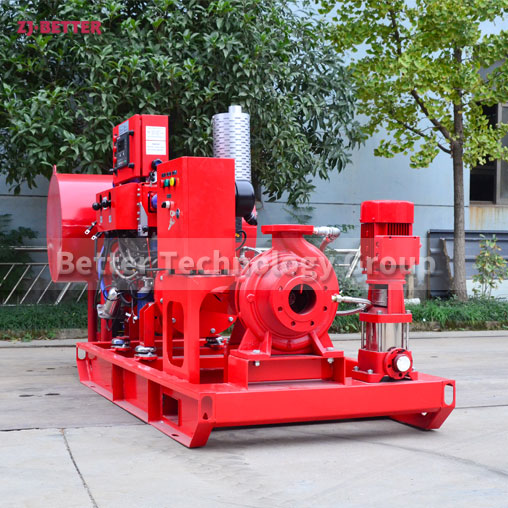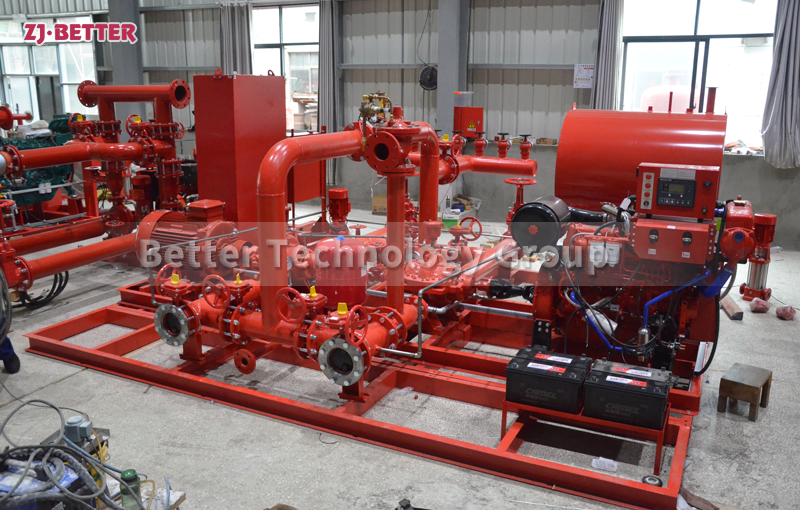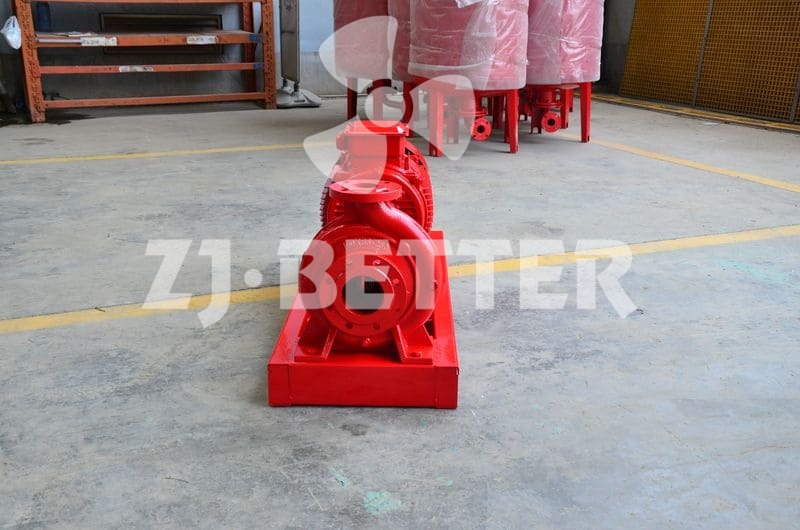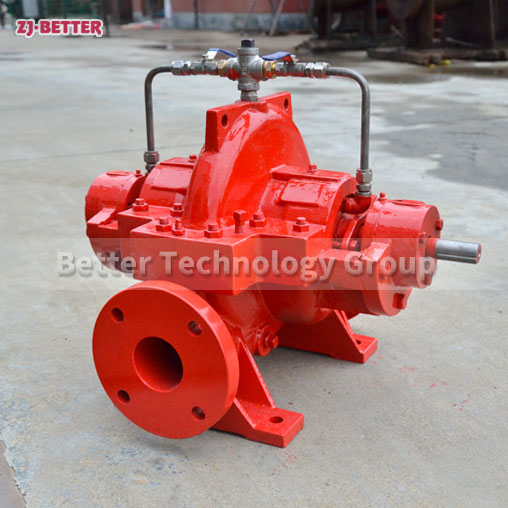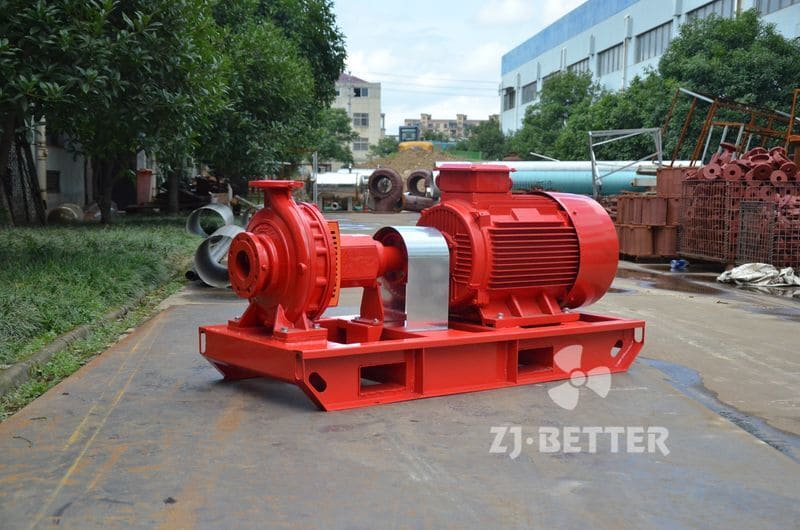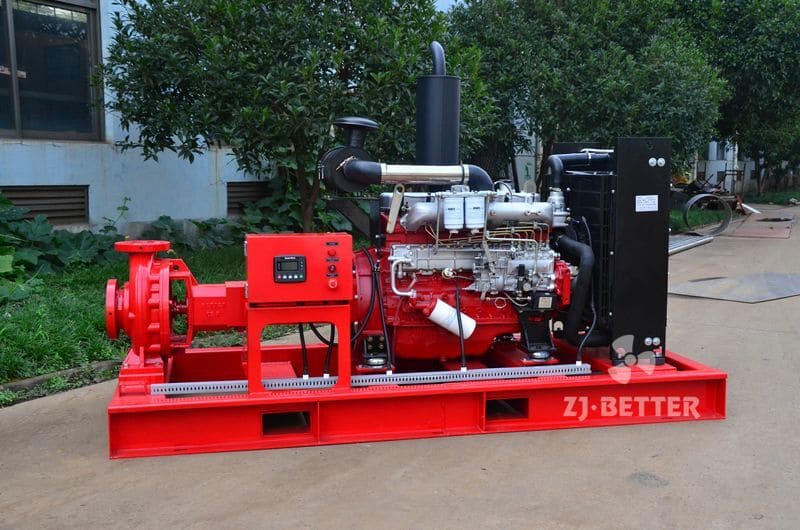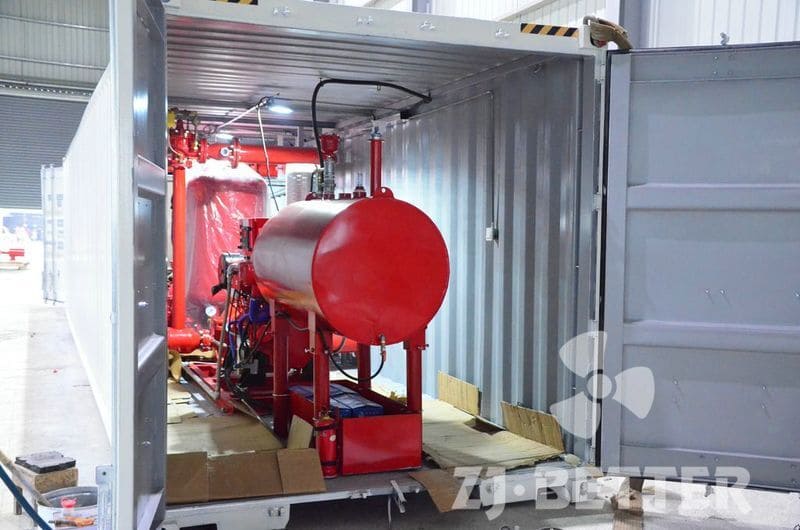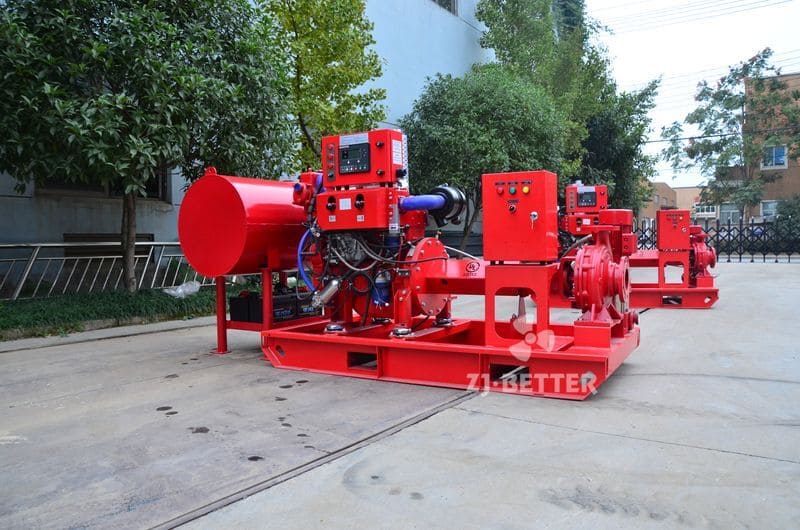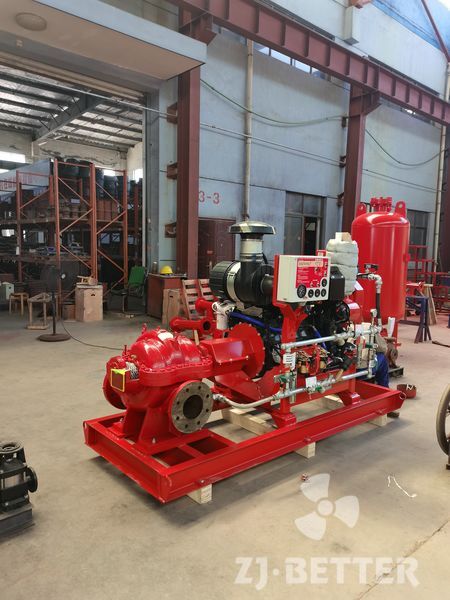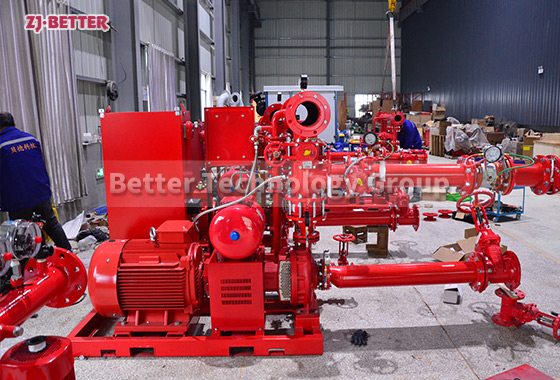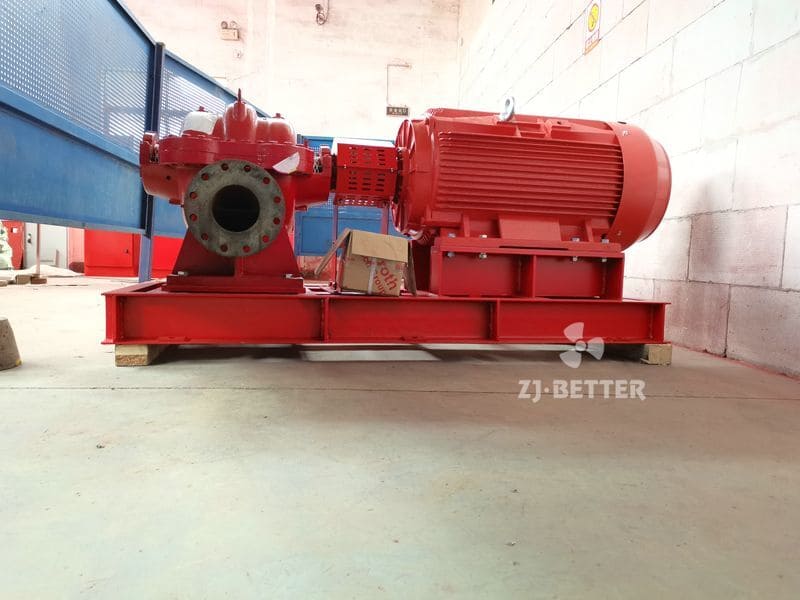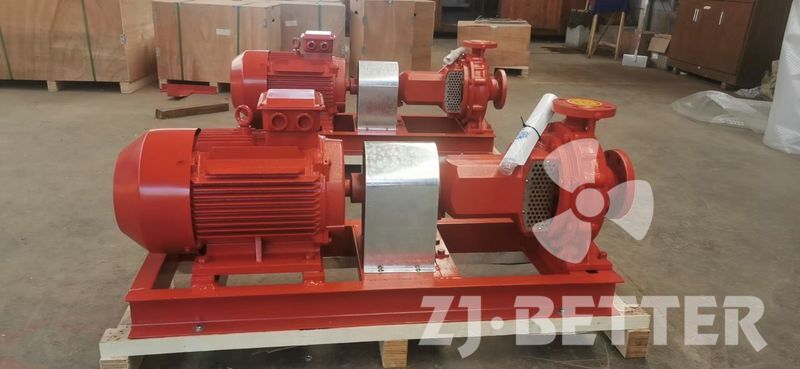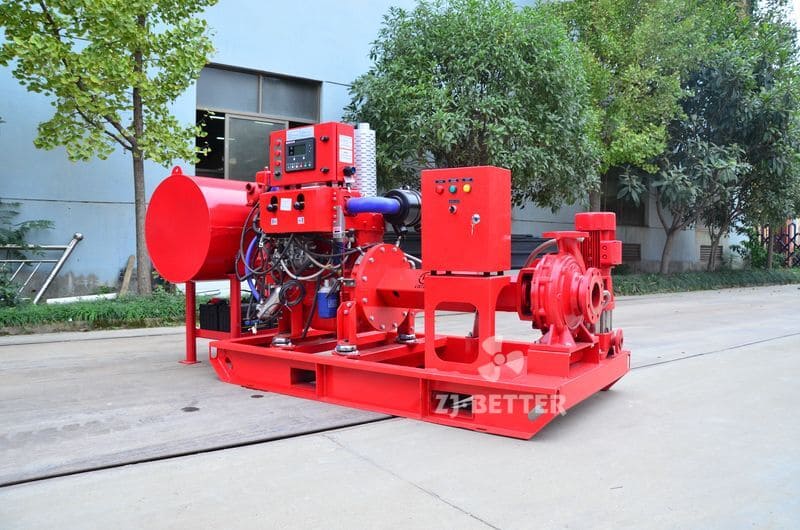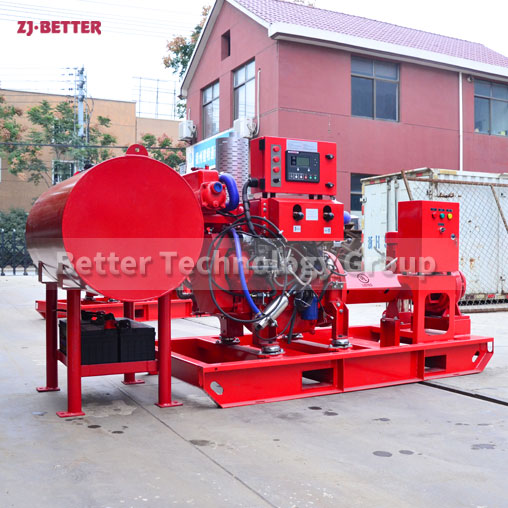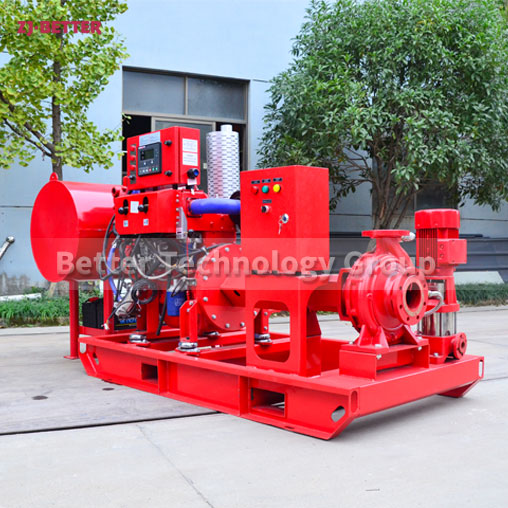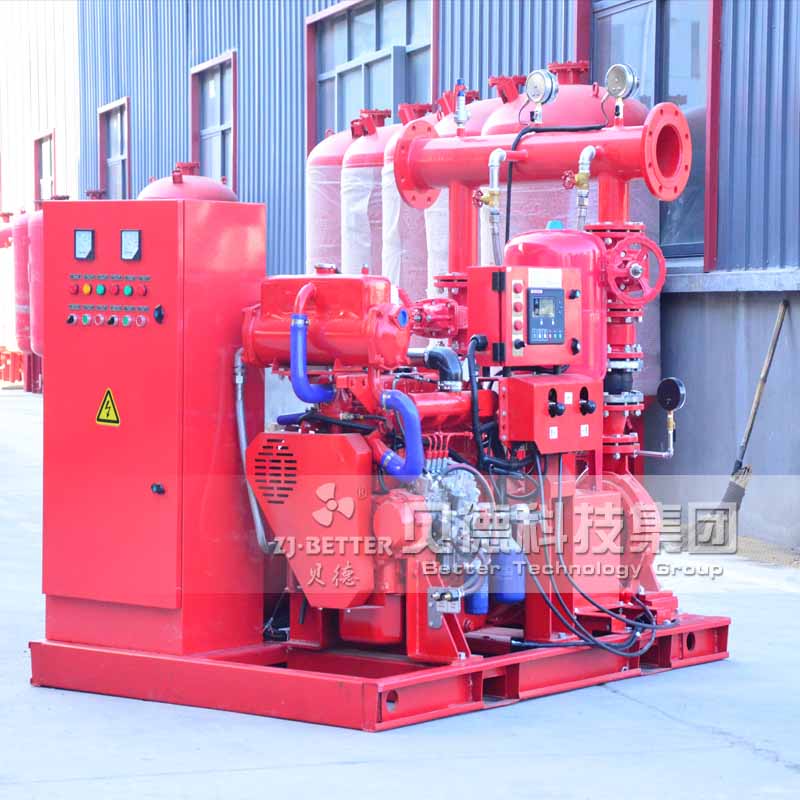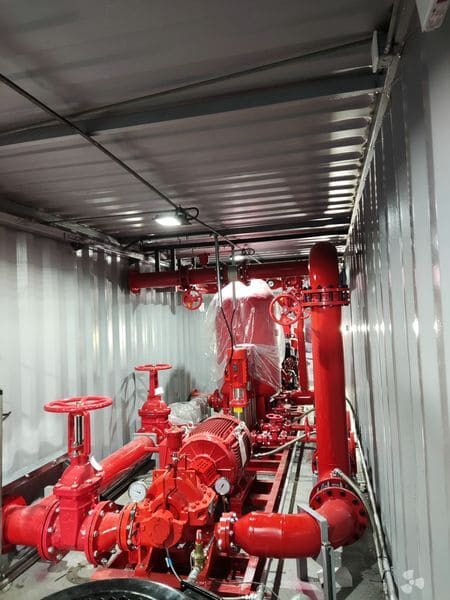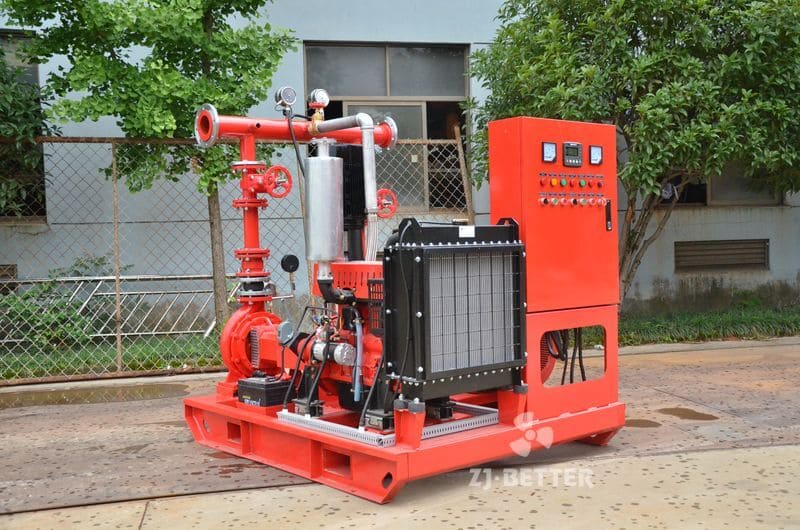Daily cleaning of electric fire pumps
Daily cleaning of electric fire pumps is essential to maintain their efficiency and reliability. Regular cleaning helps prevent the buildup of debris, dirt, and contaminants that could hinder the pump’s performance. Here are some steps for daily cleaning
Daily cleaning of electric fire pumps is essential to maintain their efficiency and reliability. Regular cleaning helps prevent the buildup of debris, dirt, and contaminants that could hinder the pump’s performance. Here are some steps for daily cleaning:
1. Safety First: Before starting any maintenance or cleaning, ensure that the electric fire pump is turned off and disconnected from the power source. Follow proper lockout/tagout procedures to prevent accidental startup.
2. Visual Inspection: Conduct a visual inspection of the pump and its surrounding area. Look for any signs of leaks, damage, or loose connections. Verify that the pump’s intake screen is clear from debris or obstructions.
3. Dusting and Wiping: Use a soft cloth or brush to dust off the pump’s exterior, including the control panel and any accessible electrical components. Wipe down the surfaces to remove any accumulated dust.
4. Intake Screen Cleaning: If the pump has an intake screen or strainer, clean it daily to prevent clogging. Remove any debris, leaves, or dirt that might obstruct the flow of water into the pump.
5. Motor and Fan Maintenance: Inspect the electric motor and cooling fan (if applicable) for any signs of dirt or obstruction. Ensure that the fan blades are clean and can rotate freely.
6. Check Cooling System: If the pump has a cooling system, such as a radiator or heat exchanger, ensure that it is clean and free from dirt and debris. Proper cooling is crucial for preventing motor overheating.
7. Electrical Connections: Inspect electrical connections, terminals, and wires for any signs of damage or loose connections. Tighten any loose connections as needed.
8. Safety Devices and Alarms: Verify that all safety devices and alarms are functional and responsive. Test the alarms to ensure they sound correctly when activated.
9. Battery Check (if applicable): If the electric fire pump has a backup battery system, check the battery’s charge level and condition daily to ensure it is ready to provide power during emergencies.
10. Pump Room Cleaning: If the electric fire pump is located in a dedicated pump room, ensure that the pump room is clean and organized. Keep the area free from clutter and potential hazards.
11. Record Keeping: Maintain a log or checklist to document daily cleaning activities and any observations made during the inspection. This recordkeeping helps track the pump’s maintenance history and identify any recurring issues.
12. Training: Ensure that personnel responsible for daily cleaning are properly trained in the cleaning procedures and understand the importance of regular maintenance.
Remember that daily cleaning is just one aspect of pump maintenance. Regular maintenance, as recommended by the manufacturer, should also be performed to address other critical components of the electric fire pump system. Additionally, any repairs or more in-depth maintenance should be carried out by qualified technicians.

